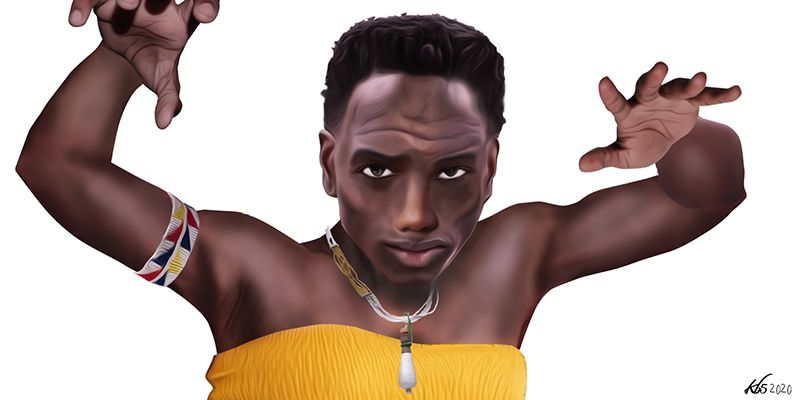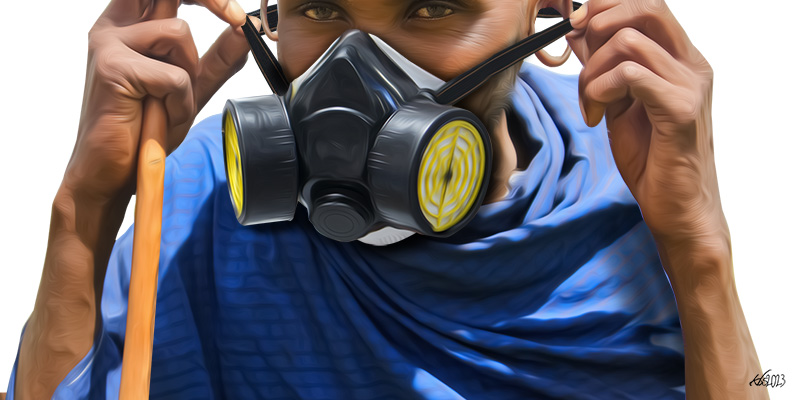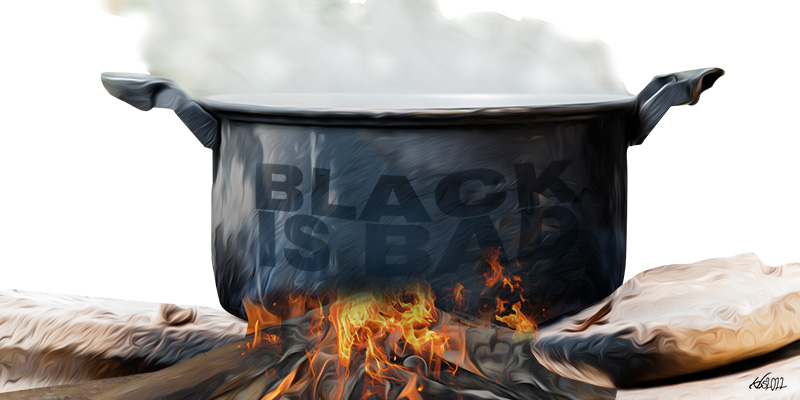“History is the science of the state, while memory is the art of the stateless.”
– Wendell Hassan Marsh
I’ve never been good at drawing. My hand-eye coordination is rather mediocre, and my visual intelligence middling. Even academic concepts that required some level of 2D/3D visualisation, such as geometry, made me have to actually apply myself. My home was always the written word, in language, in libraries, in novels and stories, to the level of pure abstraction. Which is why algebra and calculus, though challenging, were still somehow delightful – they were a kind of language of their own.
And yet, I’ve always found myself lost in maps. Even though I “dropped” geography as a subject as soon as I was able to – this, I would attribute to my geography teacher whom I was clashing with at the time – I still kept my beloved Philips World Atlas. I used to pore over maps of obscure places like Kiribati and Patagonia during night preps in boarding school instead of doing my homework.
The map is a visual representation of space, compressing land, distance and physical features into a super birds-eye view – if a bird could fly high enough to gain a glimpse of a whole country, continent, or world. By this, maps become instruments of power, giving humans a perspective that is impossible to acquire in real life. Thus maps are never neutral, and are not unequivocally factual or objective – politics and power are always packed into each line and curve, each hill and valley.
What would it look like for Africans to create maps that represent the way they see and experience their own lived realities and experiences? How would one pack in our histories, struggles, movements, triumphs and identities into representations of physical space?
The Pan-African quarterly gazette Chimurenga Chronic explored these ideas in their March 2015 issue titled “New Cartographies”, but questions still remain. For instance, when representing Somalia should one go by the lines drawn by Europeans at the 1884-5 Berlin Conference, or should one go with the territories that Somalis call home, which encompass parts of Ethiopia and Kenya? What of the Swahili Coast, “which extends from Kenya through Tanzania and northern Mozambique to include parts of the Indian Ocean, and whose reluctance to be integrated into any nation-state project other than its own goes back seven centuries”? How about the Sahel region, where the sand obscures the pretentions of “international” borders for people like the Hausa and Fulani?
What would it look like for Africans to create maps that represent the way they see and experience their own lived realities and experiences? How would one pack in our histories, struggles, movements, triumphs and identities into representations of physical space?
That edition let memory run loose on history. The idea of memory and lived experiences being transgressive in the face of officialdom has stayed with me since, and has recently re-emerged in my mind in The Nest Collective’s comic book series on Mekatilili wa Menza and Wangu wa Makeri, illustrated by Joe Barasa and Daniel Muli, with Ray Gicharu as art assistant.
For me, the comic book is the transgressive counter to stifling and oppressive official narratives. Being a visual medium, just as the map is, the comic in my view a kind of counter-cartography that centres people, which imperialist narratives would rather see reduced and captured into the extractive logic of mapped territories and nation-states – a logic that has now evolved to the point where, as expertly elucidated by Kalundi Serumaga, African people have become hostages to their elites, for whom borders assume a menacing role, not just in keeping others out, but to ensnare and enclose “their” people in. And in combining text and pictures – which are typically drawings, not photographs – the comic book exists in this liminal space where possibility, not foreclosure, is at the heart of representation.
“Working with the comic book form was quite an adventure because we as the Nest Collective don’t typically work in comics, but we were attracted to the infinite possibilities of the comic form because in comics you can draw a thing, whereas in film – which is one of our primary forms – you’d have to build a whole set,” Njoki Ngumi, member of The Nest Collective, tells me. “The comic book form allows you some distance, your idea doesn’t have to exist corporeally; it can exist directly from the imagination of the illustrator.”
This series in particular takes the stories of two formidable women in the late 19th and early 20th centuries, whose encounters with the colonial apparatus elicited very different reactions from both. The story of Mekatilili wa Menza revolves around her resistance to British taxation of the Mijikenda people. She dances the kifudu dance at village clearings, a funeral dance that would attract curious onlookers because it was out of place and out of context to perform on an ordinary day. When she had attracted a crowd, she would challenge the people to resist British taxation and control. In the comic’s rendering: “Are you slaves or are you free people? Are you not sons and daughters of this good earth, just like these pale ones? Why then do you let foreigners dictate to you how you shall live your lives?”
For this disturbance of the peace, Mekatilili was banished to Kisii, some 800 kilometres away from her coastal village. Twice the British exiled her, and twice she returned to her people in Mijikenda. How she travelled all that way, at a time when there existed a very rudimentary transport network, and without a map, isn’t addressed in the comic strip, though the LAM Sisterhood, in their Brazen theatre performance in 2018, imagined her walking all the way for weeks until her feet blistered, bled and eventually became calloused and mangled.
This series in particular takes the stories of two formidable women in the late 19th and early 20th centuries, whose encounters with the colonial apparatus elicited very different reactions from both.
Wangu wa Makeri, on the other hand, reacted to British taxation by becoming a headman, a colonial tax collector and an enforcer. She gained this position by leaning on her relationship with her lover, Karuri wa Gakure, who was paramount chief of the Kikuyu at Fort Hall (later renamed Murang’a). Wangu’s husband, Makeri, knew about this relationship as Karuri often would spend a night at their home in the course of his duties and travels as paramount chief. (Traditionally, when a male visitor came calling, one of the host’s wives was expected to “entertain” the visitor at night.)
However, in time, Karuri and Wangu’s relationship developed into an intimacy that was beyond the bounds of their traditional arrangement, and when Karuri let it slip that he was looking to name someone headman, someone “strong and trustworthy, that people can respect…who can collect taxes and punish lawbreakers”, Wangu declared: “Let it be me!”
Wangu ended up being the only female Kikuyu headman/woman during the whole of the British colonial period. She would acquire a reputation as a brutal enforcer. “Her outlandish punishments for tax evaders were the stuff of legend,” the comic book states. “Lawbreakers would have to carry her on their backs, suffering humiliation and ridicule from their neighbours.”
Is this why Wangu wa Makeri is taken to be such a “controversial”, “notorious”, and “near-mythical” figure (descriptors that all appear in the text)? Because she was unashamedly ambitious, amassed power and embarrassed men?
Her rule came to an abrupt end in 1909 when Wangu joined in to perform the kibata dance, a dance that was reserved for young warriors. In the process of vigorous dancing, her garment falls off, exposing her. Her detractors say she intentionally danced naked before her people.
Unlike Mekalilili, for whom dance was revolutionary and redemptive for the people, Wangu’s dance – with her in the precarious role of a woman in a traditionally male role – leads to her singular downfall. The system of colonialism which she had served so diligently could not save her in this instance.
The comic series maps these contours of power and patriarchy, revealing how, like in all oppressive systems, the oppressed often do have a chance to become complicit and collude with the system, but that this power is ultimately uncertain and tenuous. Or, they can fight back, and risk punishment and exclusion.
Still, thinking of the comics as a series of people-maps is useful to appreciate that the past is never really the past. We are still living with the fallout from the actions of those who resisted the colonial state and those who colluded with it – and sometimes that binary is not as neat as it first appears. Wangu’s role as an enforcer of the colonial state upended patriarchal expectations of her, and Mekatilili’s status as an old widow made her an unlikely revolutionary because fighting is usually expected of the young and male.
Unlike Mekalilili, for whom dance was revolutionary and redemptive for the people, Wangu’s dance – with her in the precarious role of a woman in a traditionally male role – leads to her singular downfall. The system of colonialism which she had served so diligently could not save her in this instance.
More than any other medium or form, comics straddle this divide between the world of concepts and the world of lived experiences, between the way the world should be and the way it really is, the place where hard, “objective” data fails and life happens. Just as one scans back and forth on a map to orient oneself and the physical space represented on the map, the comic book reader scans back and forth in order to refocus on previous panels and to find new elements for the construction of meaning. Readers literally make sense of the story through a “plurivectorial” reading experience, as if each page were a map.
Quoting Chimurenga Chronic again, “The syntax of comics – specifically, its reliance on visual substitution to suggest continuity, the representation of time through space, and the fragmentation of space into contiguous images, demands an active participation on the part of the reader. This fosters a unique intimacy, a physical and emotional closeness between creator and audience, the reader and the text.”
Comics are the medium that grapple with the most with uncertainty and even lack of data – most comics set discrete borders around their gaps, the “gutters” between panels. Comic critic Aaron King describes these comic gutters as “bordered entropy”, a place where the artist chose not to or did not have the means to portray information.
And this is what makes the comic form so life-giving, especially in a context where the official written histories typically capture the perspectives of those in power and erase those on its underside. How exactly Mekatilili got 800 kilometres across a wilderness teeming with dangers isn’t the point. It’s that the kifudu dance was danced again and that the Mijikenda are still striving for the return of vigango (totems representing ancestors) that have been stolen and taken to Europe and America. It is that there was a woman who was officially given the title of headman.
It’s not about being as direct and as practical as a map, but more about letting memory run transgressively loose on history.








